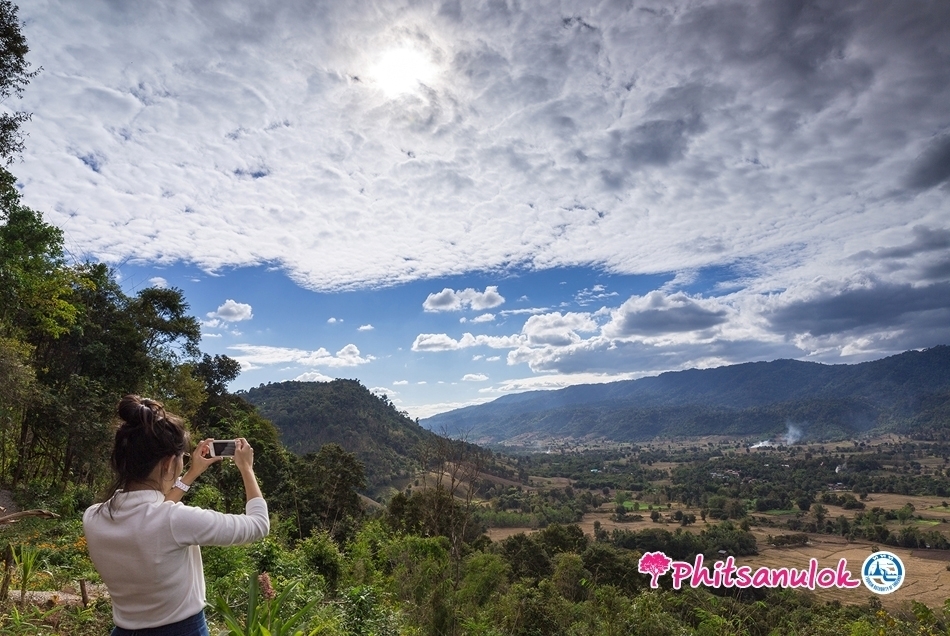
Phitsanulok is a province that can be called ‘the city of two rivers’ because there are 2 rivers – Nan River and Kwae Noi River flowing through the city. The city is getting more popular among tourists with its interesting attractions and good facilities.
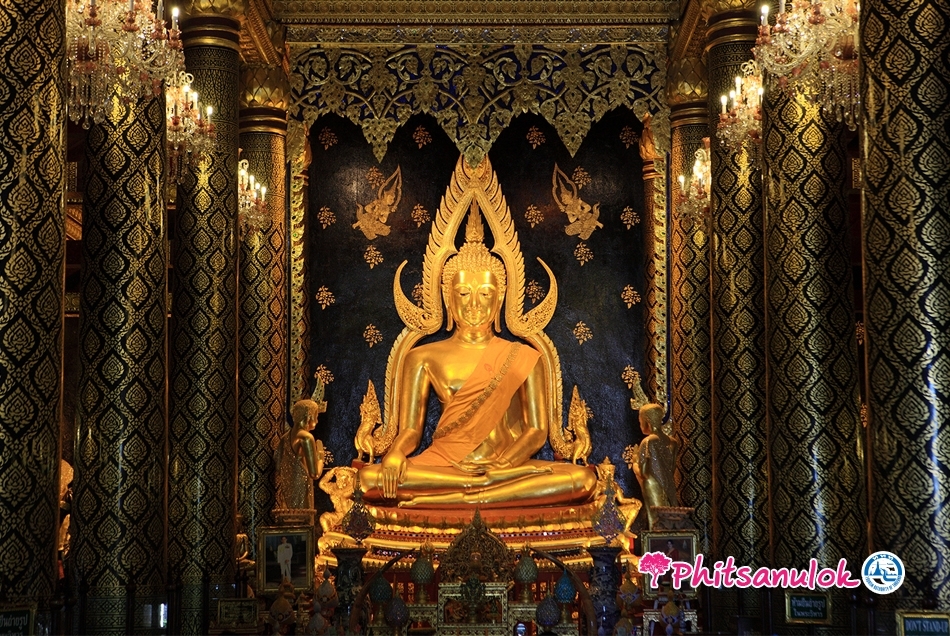
Wat Phra Si Rattana Mahathat Woramahawihan is an important royal monastery as it is a spiritual anchor for people in Phitsanulok and across the country. In the temple, there are many historic sites and valuable relics, such as Phra Buddha Chinnarat, a large bronze-casted Buddha image in the attitude of subduing Mara, which is widely considered the most beautiful Buddha image in Thailand; Phra Luer; Viharn Phra Chao Khao Niphan (a small vihara, or Buddhist monastery); and Phra Attharasa. The temple is open daily from 6:30 a.m. to 9:00 p.m.
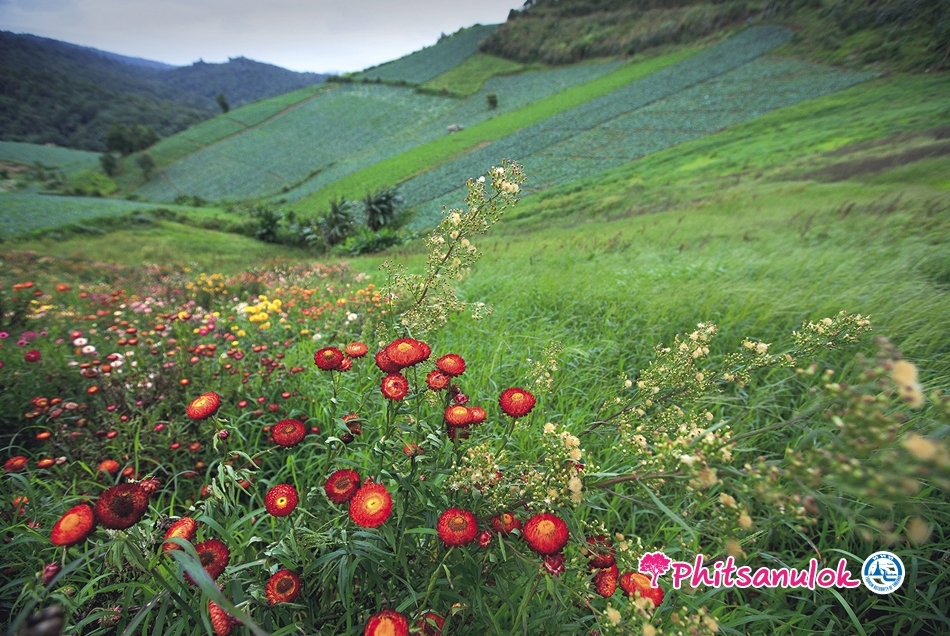
Located in Phu Hin Rong Kla National Park, the Paper Flower Field was established as a forest reserve to plant seedlings for forest rehabilitation and to support agriculturists and better their quality of life. The reforestation helps return proper balance to the water source ecosystem and promote the area-based development of Phu Hin Rong Kla National Park in terms of tourism and environmental aspects. The absolute highlight is the view of the blooming amaranth flower field near the edge of the cliff, and it is most beautiful between December and February. Visitors can also admire the spectacular panoramic scenery of numerous cliffs, such as Pha Bok Rak, Pha Sa Lat Rak, Pha Rak Yuen Yong, Pha Khu Rak and Pha Titanic, surrounded by lush green mountains, fanned by cool breezes all year round.
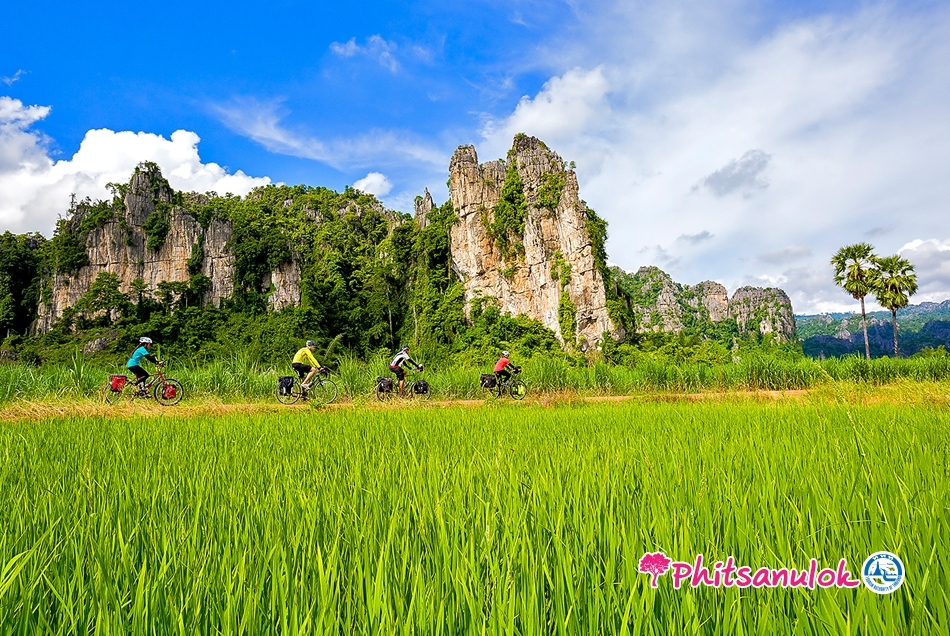
The remarkableness of Amphoe Noen Maprang is its location amidst the natural beauty of over 300-million-year-old limestone mountains of different formations, extensive rice fields, and lush green forests. The weather is pleasant and cool all year round, and the atmosphere is quiet and peaceful. Everyday at sunset, millions of bats leave the limestone caves and fly in a several-kilometer-long ribbon pattern across the sky.
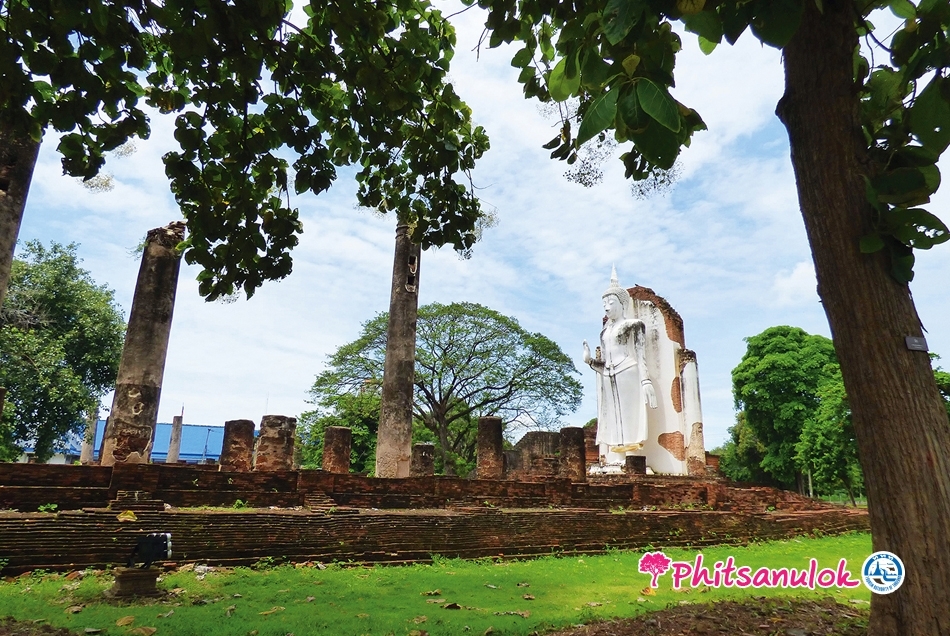
Chan Royal Palace is the ancient palace where King Naresuan the Great was born and raised. He also lived here when he served as viceroy of Phitsanulok, the fortress town of the Ayutthaya Kingdom. At present, the structure of this ancient palace is partially visible, and this place has become an important historic site. Some interesting attractions are Wat Viharn Thong where an actual size replica of Phra Attharassa is enshrined, Wat Sri Sukhot and Wat Pho Thong. The shrine of King Naresuan the Great was built in the form of a white Thai pavilion, and the statue of King Naresuan the Great pouring water from a golden container symbolizing the declaration of independence is placed inside. In addition, Chan Royal Palace Historical Center was established to exhibit the history of Chan Royal Palace and Phitsanulok, and to showcase the biography of King Naresuan the Great. The center is open daily from 9:00 a.m. to 4:00 p.m., free of charge.
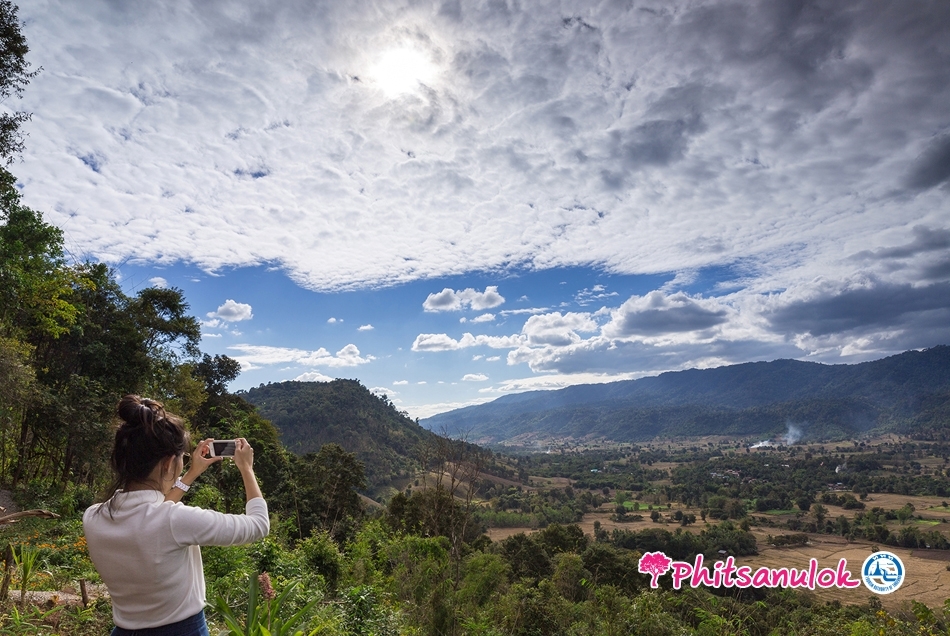
Nakhon Chum is a small village in a valley surrounded by mountains. It is believed that in olden days, Pho Khun Bang Klang Tao used this site as a secret training ground for his soldiers. Nowadays, it is an interesting place full of historical resources. In the village, many broken pieces of glazed ware were found along the banks of Kwai Noi River. Situated at the entrance of the village, Rong Khao of Nakhon Chum scenic point affords an especially fine view of the whole district. Another must-visit scenic point is Khao Pok Lon. Caressed by cool winter breezes, visitors can take in breathtaking extensive views of the sky during sunrise and the sea of mist. The experience this offers is sure to make the two-kilometer walk worth it. Visitors can experience the uniqueness of Nakhon Chum by spending the night at a homestay, trying famous local foods such as Lam Gai and Khai Pam, and cycling around rice fields and salt wells.